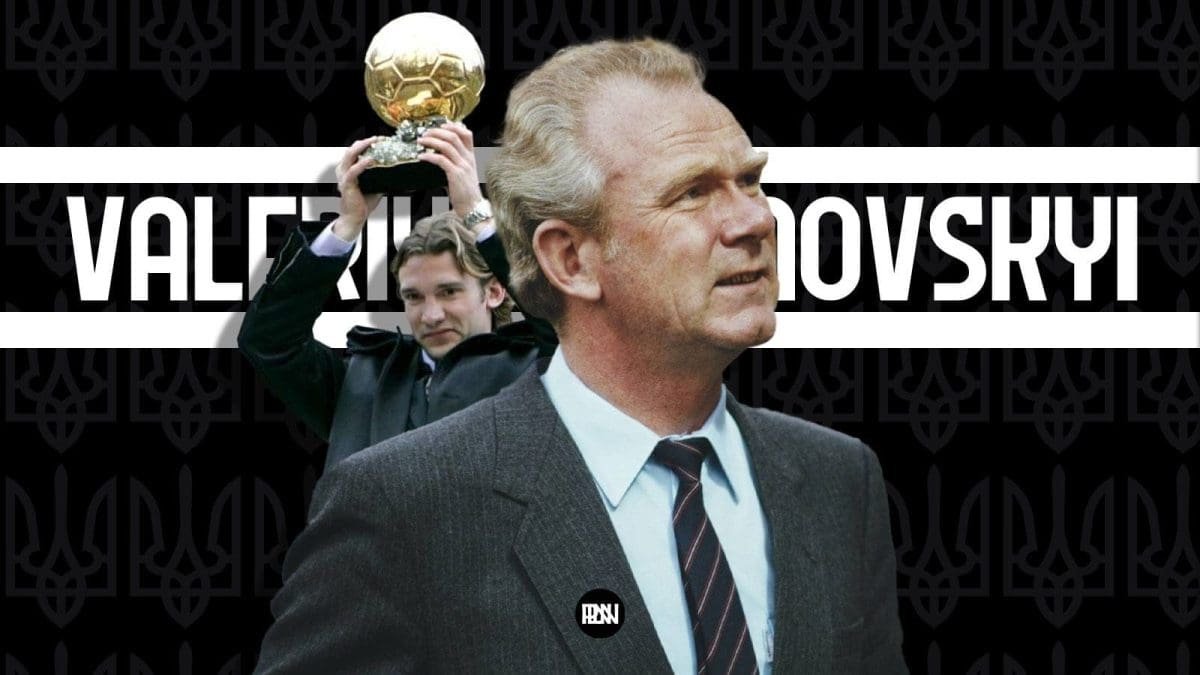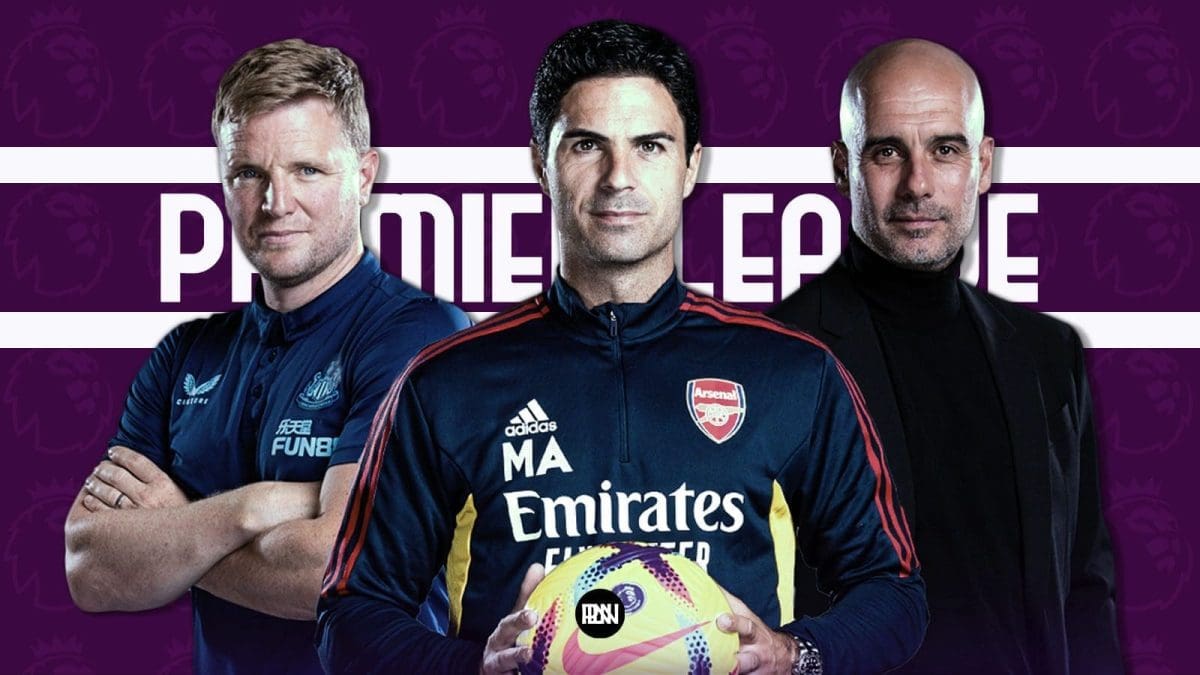At a time when football has become cutting-edge and footballers and coaches have been fed with data to improve their skills and reduce their mistakes, data and statistics have been a part of footballing life for individuals in their field
Aided by the advancements in technology and science, fans have seen how games are interpreted differently as against how they were maybe 15-20 years ago. One simple example has been as to how xG (expected goals) have become a part of metrics for officials to measure player performance whether they were of their own team or while making transfers.
Some of the successful examples of this Sabermetrics approach have been Brentford, Liverpool, the Red Bull clubs, etc.
But data and analysis were not a phenomenon that was invented during the turn of the century and it is not something that infiltrated through Moneyball from Baseball. Data collection and Scientific management existed even before it became mainstream.
So who was the pioneer of injecting Data Science and Management? Who lit the fire that would now be the present and future of Sports? We look at the life of Valeriy Lobanovskyi, the Ukraine-Soviet legend.
PLAYING CAREER AND STUDIES
One of the most prominent teams back in the days of the Soviet Union and now Ukraine, Lobanobskyi was an apprentice of the famous Viktor Maslow who is accredited to be one of the coaches who started off the early concepts of pressing. Lobanovskyi was the star of his team. Lobanovskyi however had arguments with Maslow for unknown reasons.
At a time when the Soviet Union was making huge strides in Science and Astrophysics, the government started an institution for Cybernetics, and along with being a footballer, Lobanovskyi was also a student at the University studying cybernetics and engineering. Perhaps this could explain as to why he had a very meticulous and mechanical view of the world as opposed to coaches like Cryuff.
Lobanobskyi was the star of the Dynamo Kyiv side. He had the unique ability of taking corners packed with backspin so much that it looked like the ball dropped vertically from the top. Lobanovskyi also invented the “banana shot” which drew crowds to watch him play in the 60s.
MANAGEMENT STYLE
Lobanovskyi perhaps influenced by his scientific background viewed a football match of 2 sub-systems with 11 elements in a defined space with a restricted environment. If both these elements were the same then the match would be concluded as a draw.
In 1972 Lobanovskyi met Anatoliy Zelenstov, a specialist in improving the physical condition of players. In late 1973, when Valeriy was made the coach of Dynamo Kyiv his management team comprised of 4 people:
1. Lobanovskyi – The manager who decided the systems and formation
2. Zelenstov – Individual preparation of players
3. Oleh Bazylevich – Coach who used to train the players
4. Mykhaylo Oshemkov – collected data from games to improve performance
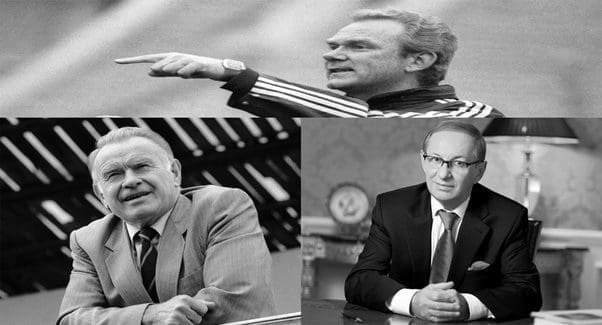
At the Dynamo training center, Lobanovskyi would hang lists with specific training tasks. These tasks included those of offensive duties (for forwards), defensive duties (for defenders), and joint duties (for both sets).
DATA MANAGEMENT
With Zelenstov in charge of improving player performances and Oshemkov for collecting data, Lobanovskyi and his team were constantly searching for improving players.
When the Soviet players complained of being over-worked Lobanovskyi and his charges understood that their training methods needed to be qualitative rather than quantitative to strike the right chord.
This is when Zelenstov made a breakthrough using computers. He designed a master training programme that could balance speed and stamina and he even had a lab.
In terms of data collection, each attribute of the game were segregated and measured. Of course to someone watching the game in 2022 what Lobanovskyi wouldn’t be rocket science, but back in the 70s and 80s it was unheard of.
As mentioned earlier the attributes would be broken down into different parts, like if it were shots, how many shots did his team take, how many were long, how many were close range, how many were on target etc etc. This data would be then discussed with the players the day after the game in a sort of introspection. Players were targets in terms of actions like for example an attacker had to achieve 3 shots on target in a game otherwise he didn’t perform well enough. Such was the extent to which Lobanovskyi controlled his players and placed huge demands on them.
His player development methods involved more science than emotion and this was not appreciated in all circles.
TACTICAL STYLE
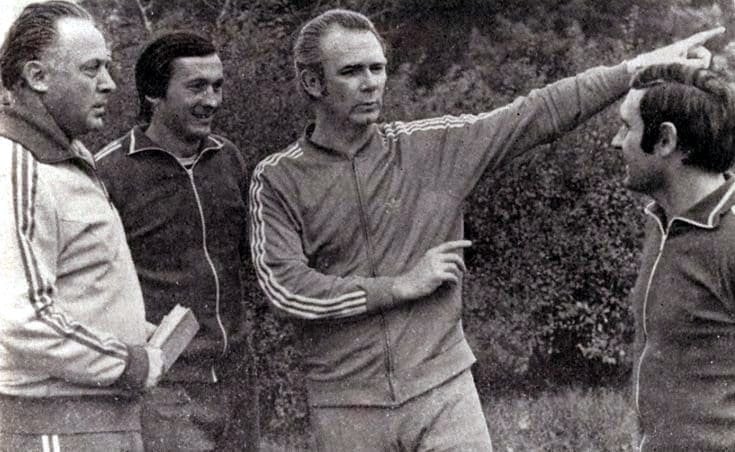
Valeriy Lobanovskyi primarily preferred a 4-4-2 formation with 2 wide players and 2 strikers but their function was far from their positions on the pitch.
Lobanovskyi wanted to make the pitch as large as possible when Dinamo had the ball and as small as possible when they didn’t. This made him place a high work-rate on his players.
He preferred his teams to press their opponents to win the ball back and verticalise play as soon as possible. For this, he needed dynamic center forwards who had good spatial awareness.
Using his game against Barcelona in the 1997-98 season, we can see how Dynamo line-up in 2 banks of 4 and use a very narrow defense trying to reduce the playing area.
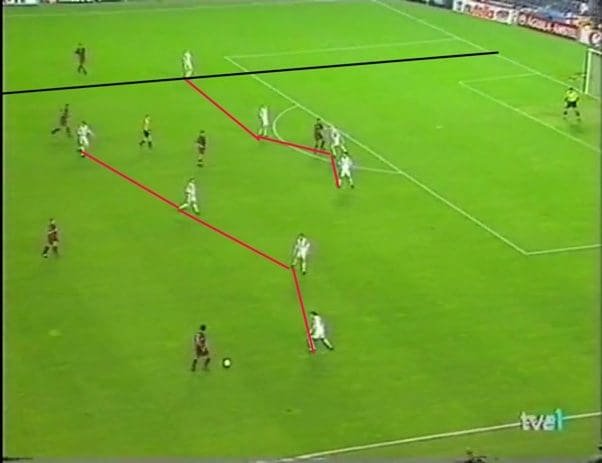
Lobanovskyi diversified his pressing. So initially when Barcelona were building out from the back and playing the ball into the Dynamo half, the players were using a man-oriented press.
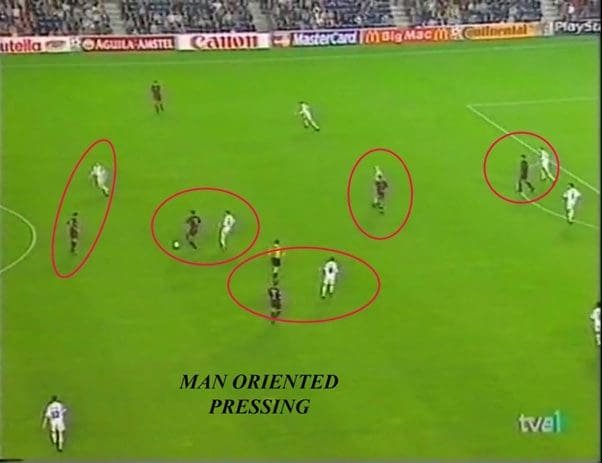
The trigger to use a Zonal press was somewhere around the 30-40 mark cause as soon as when the ball crossed this area Dynamo players would leave their markets and aggressively pursue the ball on the ball leaving him with no options.

Once they win the ball back they would quickly launch the ball into Shevchenko who would occupy one of the half spaces and use his pace and dribbling technique to trouble the defenders.
CRITICISM AND CONCLUSION
While Lobanovskyi was a revolutionary he was the extreme form of individual discipline. When he was a player, anecdotes of him mention that he famously refused to partake a Russian Vodka, served to players after a famous victory for Dinamo under Maslow. Such was his restraint and control he imposed it on his players, sometimes even controlling their personal lives.
On the field, he was accused of stifling individual freedom while he spoke of it as making them recognise their individual skill was only useful in the context of a group. To his own admission, Lobanovskyi admitted he wouldn’t have selected himself if he was a player for his team.
Perhaps this was something that was different from his peer Johan Cryuff. Cryuff meanwhile gave his players freedom to express their individual style of play most famously for Laudrup, Romario, and Stoichkov.
In the end, we can allude these down to individuals and their choices as there seems to be no correct answer. Lobanovskyi won 8 Soviet titles, 6 Soviet cups, 5 Ukrainian National league titles, 2 Europeans Cup winners cups, and 1 European Super Cup. He also gave rise to future superstars and Balon D’or winners Oleg Blokhin and Andriy Shevchenko.
His tactical influences rubbed off on figures such as Arrigo Sacchi and Ralf Rangnick. Sacchi would go on to perfect his understanding of the pressing game by squeezing the pitch even further while Rangnick and Helmut Gross would introduce the world to Gegenpress. Lobanovskyi may have split opinions but his legacy and imprint on evolution in football cannot be underrated. His legacy is there for all to see.


